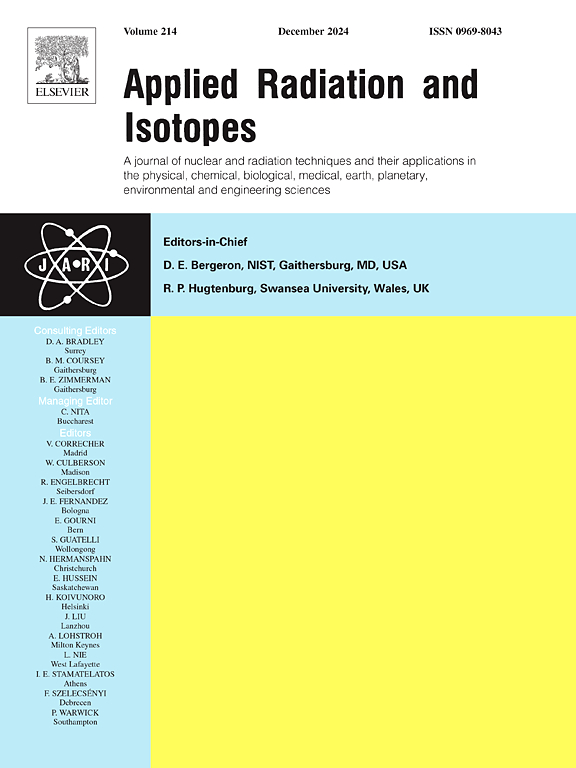Evaluating an analytical prediction algorithm of positron emitter distributions in patient data for PET monitoring of carbon ion therapy: A simulation study
Abstract
In vivo treatment monitoring in ion therapy is one of the key issues for improving the treatment quality assurance procedures. Range verification is one of the most relevant and yet complex task used for in vivo treatment monitoring. In carbon ion therapy, positron emission tomography is the most widely used method. This technique exploits the -activity of positron emitters created by nuclear interactions between the incoming beam and the irradiated tissue. Currently, high computational efforts and time-consuming Monte Carlo simulation platforms are typically used to predict positron emitter distributions. In order to avoid time-consuming simulations, an extended filtering approach was suggested to analytically predict positron emitter profiles from depth dose distributions in carbon ion therapy. The purpose of this work is to investigate such an analytical prediction model in patient anatomies of varying complexity, highlighting its potential and the need of further improvements, especially in highly heterogeneous anatomies where many air cavities are present in the beam path. The accuracy of range verification showed a mean relative error of and a deviation between the simulation and the prediction below for the three patient cases analysed: a brain case and two head and neck cases. Additional investigations demonstrated the region of applicability of the method for cases of patient data. The analytical method enables range verification in carbon ion therapy by replacing computing-intensive Monte Carlo simulations and thus minimize the PET monitoring burden on the clinical workflow.

 求助内容:
求助内容: 应助结果提醒方式:
应助结果提醒方式:


